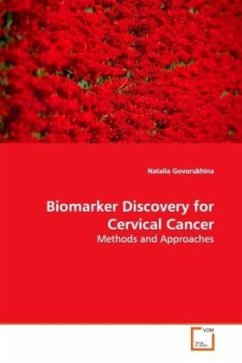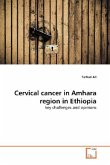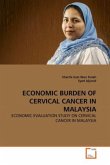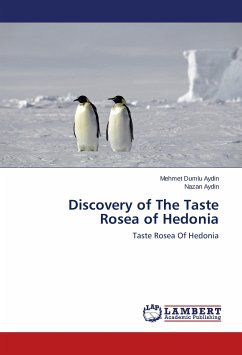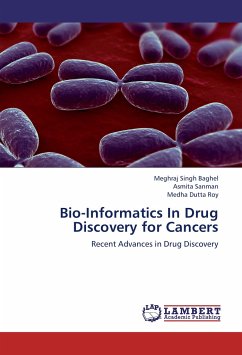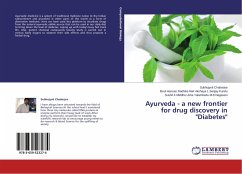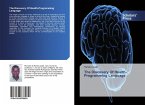Proteomics of human body fluids is still in its
infancy and much
attention focuses on development of analytical
methods and
experimental strategies. Limited availability of
suitable samples from
patients and controls often renders systematic
biomarker studies
that have sufficient statistical power difficult.
Many samples have not
been taken, stored, prepared with proteomics analyses
in mind. The
book deals with various aspects of sample
preparation, notably with
different approaches to deplete abundant serum
proteins. Number
of pre-analytical parameters have been evaluated in a
fractional
factorial design with respect to their influence on
the serum
proteome. Part of the book focuses on aspects of data
processing
and statistical analysis as applied to the analysis
of, serum samples
from cervical cancer patients before and after
medical treatment.
The analyses pointed towards a number of proteins
that change due
to medical treatment. The results show that the
described methods
are applicable to highly complex body fluids such as
serum and that
further studies of serum proteome are warranted. The
book is of
interest to professionals in proteomics and for
clinicians.
infancy and much
attention focuses on development of analytical
methods and
experimental strategies. Limited availability of
suitable samples from
patients and controls often renders systematic
biomarker studies
that have sufficient statistical power difficult.
Many samples have not
been taken, stored, prepared with proteomics analyses
in mind. The
book deals with various aspects of sample
preparation, notably with
different approaches to deplete abundant serum
proteins. Number
of pre-analytical parameters have been evaluated in a
fractional
factorial design with respect to their influence on
the serum
proteome. Part of the book focuses on aspects of data
processing
and statistical analysis as applied to the analysis
of, serum samples
from cervical cancer patients before and after
medical treatment.
The analyses pointed towards a number of proteins
that change due
to medical treatment. The results show that the
described methods
are applicable to highly complex body fluids such as
serum and that
further studies of serum proteome are warranted. The
book is of
interest to professionals in proteomics and for
clinicians.

